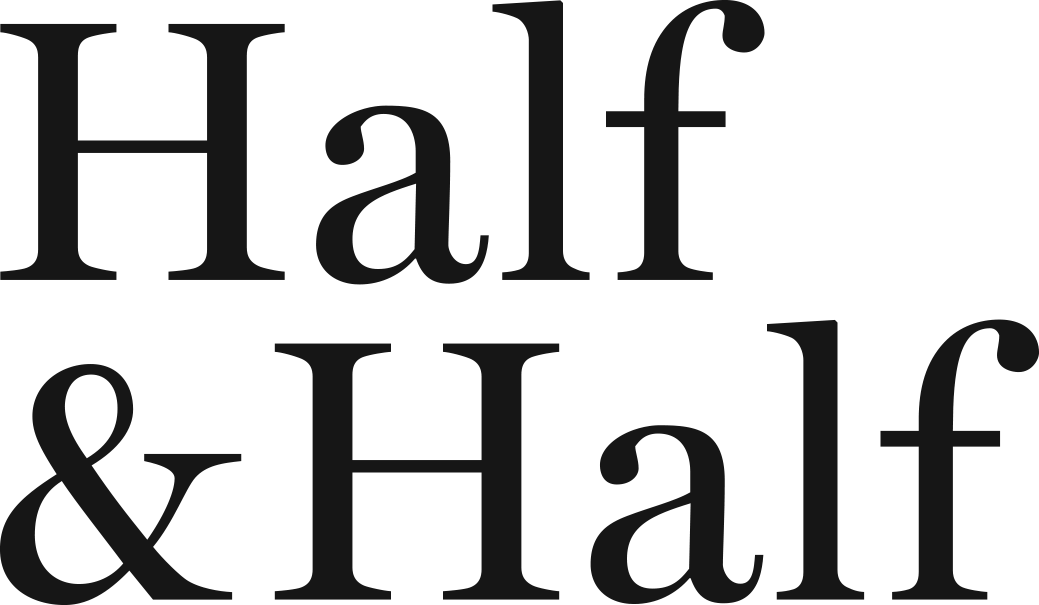Spread the love
/From the pad melting on your morning toast to that extra dollop to finish off your creamiest mashed potatoes, butter can elevate a dish from just alright to award worthy. But, for many home cooks, picking the right butter from the grocery store aisle can be trickier than just stick or tub.
If you’ve ever wondered what the difference between salted and unsalted butter is, and if it really matters, you’re not alone. In short, the difference is, you guessed it, salt. Salted butter simply has salt added to it, whereas unsalted butter doesn’t.
Simple, right? It is. But, here’s the scoop on why it matters.
Because different brands use different salt to cream ratios in their butters, with salted butter, you won’t have exact control over the amount of salt being added to your dishes. Salted butter can also include a variety of salt types — from standard table salt, to sea salt and everything in between.
When in doubt, the experts, like Mihira Rami, marketing director for regional and national butter brands like Plugra®, Keller’s® Creamery and Hotel Bar® Butter, says to go for unsalted, especially when baking. A great option is Plugra’s® Premium Unsalted Butter, sometimes referred to as European-style butter, because it uses a ratio of 82% butterfat for the right balance of moisture and fat, perfect for those cookies and cakes. Salted butter is best for spreading, sauces, sautées or other dishes that benefit from an added pop of flavor.
Mix it up
Can you swap unsalted for salted and vice versa? Sort of, say the pros. While it’s best to stick with the type of butter your recipe calls for, you can make the switch in a pinch. But, bakers beware. Because salted butter contains more water than unsalted, it may be more difficult to get that flaky texture you’re after.
As a general rule of thumb, one stick of butter (about 4 ounces) contains ¼ teaspoon of salt. If a recipe calls for salted butter, but all you have is sans salt, add ¼ teaspoon of salt for every half cup (a stick’s worth) of butter. If salted is what you have on hand, reduce your salt by ¼ teaspoon for every half cup of butter.
Give it a shake
Don’t be afraid to get creative in the kitchen. According to Mihira, it’s a-okay to add your own salt to a recipe that calls for unsalted butter, just make sure to give your dish a taste test before serving. At the end of the day, it all comes down to flavor and personal preference.

